Author: Jordan Folks
I’ve hosted an annual Oktoberfest party for the past 12 years that features a stellar lineup of several German styles brewed by some of the best homebrewers I know, and we always aim to up our game compared to the previous year. For this year’s event, I had the crazy idea to tap a traditional holzfass (often simplified to fass), which is a traditional German gravity-fed barrel keg. While historically made entirely of wood, modern versions typically have a stainless steel keg surrounded by a wood exterior, as it allows for better cleaning, sanitation, and reuse.
In the Wiesn, the ceremonial tapping of the fass serves as the official kickoff of the festivities, and it truly is a sight to be seen! The tapper uses a giant wooden mallet to drive a brass faucet into the fass, often causing foam to spew everywhere as a result; the beer is then served via gravity, effectively requiring the entire fass to be consumed in one session lest it be ruined by prolonged exposure to oxygen. This isn’t an issue given how popular Oktoberfest has become.
At the time this idea struck me, I’d already packaged my annual Märzen and Festbier for the party, and while I could have transferred one of those to the fass, I thought it’d be cool to go with something a little different. Arguably, Kellerbier is more of a vibe than a style with strict parameters, making it challenging to define with much specificity. Historically served directly from the the cellar (“keller”), what Kellerbier of all stripes have in common is that they’re young, unfiltered lagers that, relative to other German lagers, can have slightly lower carbonation levels while being noticeably more hazy. After doing some research, I decided Kellerbier would be perfect for my inaugural fass service and set out to have one ready to tap to kickoff my Oktoberfest 2024 festivities!
| Making Too Much, Too Fass Kellerbier |
I designed this recipe to ride the line between pale and amber kellerbier, aiming for the SRM value that separates the two BJCP sub-categories. Dankehanks to F.H. Steinbart for hooking me up with the malt for this batch!
Too Much, Too Fass Kellerbier
Recipe Details
| Batch Size | Boil Time | IBU | SRM | Est. OG | Est. FG | ABV |
|---|---|---|---|---|---|---|
| 5.7 gal | 60 min | 25.8 | 7.2 SRM | 1.049 | 1.013 | 4.73 % |
| Actuals | 1.049 | 1.013 | 4.73 % | |||
Fermentables
| Name | Amount | % |
|---|---|---|
| Pilsner Malt | 4.5 lbs | 36 |
| Barke Munich Malt | 4 lbs | 32 |
| Barke Vienna Malt | 3.5 lbs | 28 |
| Carahell | 8 oz | 4 |
Hops
| Name | Amount | Time | Use | Form | Alpha % |
|---|---|---|---|---|---|
| Hallertauer Mittelfrueh | 85 g | 60 min | Boil | Pellet | 2.1 |
| Saphir | 85 g | 5 min | Boil | Pellet | 2 |
Yeast
| Name | Lab | Attenuation | Temperature |
|---|---|---|---|
| Global (L13) | Imperial Yeast | 77% | 46°F - 55.9°F |
Notes
| Water Profile: Ca 54 | Mg 4 | Na 10 | SO4 28 | Cl 72 |
Download
| Download this recipe's BeerXML file |
After collecting the full volume of filtered water and adjusting it to my desired mineral profile, I flipped the switch on my Clawhammer Supply 240v Electric System then weighed out and milled the grains.
Given this was an historical German style intended for an historical German celebration, I opted for a traditional step mash with rests at 144°F/62°C, 157°F/69°C, and 170°F/77°C. During the mash, I prepared the kettle hop additions.
When the step mash was complete, I removed the spent grains and boiled the wort for 60 minutes. Next, I chilled the wort with my JaDeD Brewing SS Coil Hydra before transferring it to a fermentation keg that was left to finish chilling in my chamber. A refractometer reading showed the wort was at my target OG.
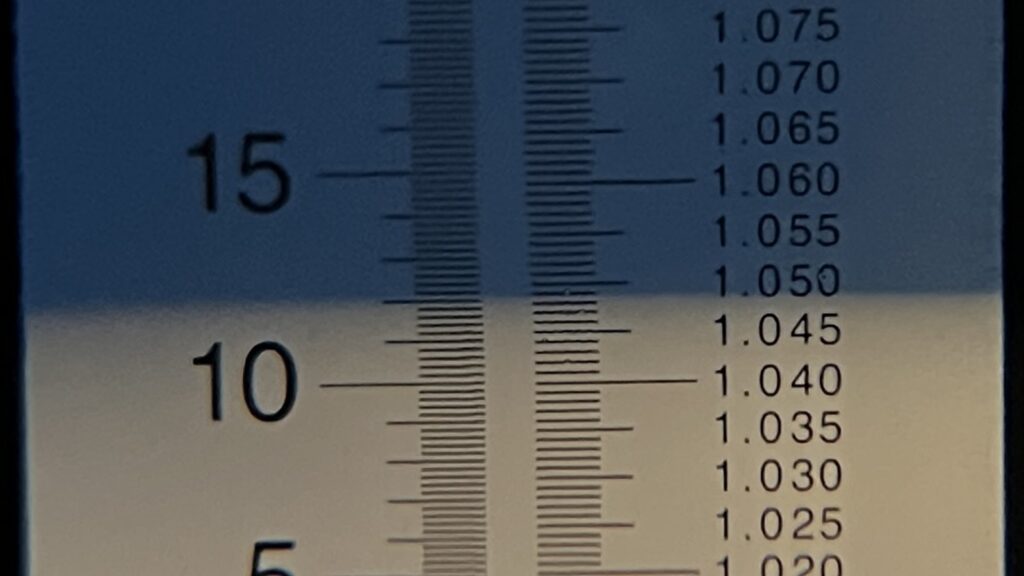
With the wort stabilized at my desired pitching temperature of 48°F/9°C a couple hours later, I pitched 2 pouches of Imperial Yeast L13 Global.
After a week of fermenting at 50°F/10°C, I began slowly raising the temperature to 60°F/16°C over the course of the following week. With signs of activity absent, I took a hydrometer measurement indicating the beer had reached FG.
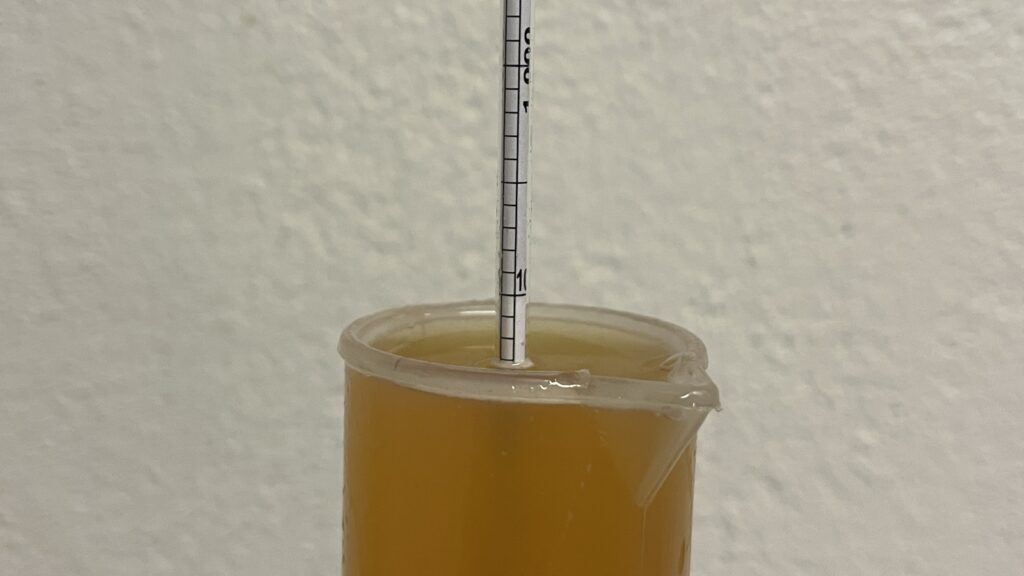
At this point, I gradually reduced the temperature of the beer to 31°F/0.5°C over a few days and let it condition under pressure while I frantically tried to source a fass. After countless dead-ends, I was referred to Schäefer Container Systems, who filled my order request immediately. Just a few days later, a brand new fass was left on my doorstep, and the following week, it was time to transfer the carbonated Kellerbier to this traditional serving vessel (with some modern twists).
I placed the filled fass in my kegerator and left it there for 24 hours before it was time to tap it!
Turns out I didn’t relieve enough pressure from the fass before inserting the air inlet valve, so there was a bit of an explosion of beer, which only added to the excitement of the event. After pouring a boot full of foam, as expected, the fass was officially open for business and pouring beautifully.
| IMPRESSIONS |
Since becoming a member of Brülosophy, I’ve earned myself the reputation as the crew’s more traditional brewer, especially when it comes to German lagers. I regularly employ the use of decoction and step mashes, I prefer fermenting cool, and I tend to allow my lagers to condition for an extended period. The one thing missing in my traditional approach was the serving vessel, that is, until I acquired my new fass.
Whether the quality of Too Much, Too Fass Kellerbier was objectively impacted by the vessel out of which it was served is hard to say, but I’m perfectly cool saying that my subjective experience was out of this world! Hints of caramel, fresh baked bread, and toasty malt flavors paired nicely with the light yet noticeable hop character. As expected, the carbonation was a bit lower than usual, but the beer was by no means still and still possessed a refreshing fizz. I’m sure I would have liked this Kellerbier quite a bit if it had been served from a standard keg, but something about it being served from a fass during my Oktoberfest party made it all the more enjoyable.
If it’s not obvious, I love my new fass! Combining old-world technology with modern upgrades, Schäefer’s fass is just as easy to sanitize, fill, and use as standard corny kegs while providing a novel and fun experience. For better or for worse, the “wood” on this fass was really just embossed plastic, which is arguably more durable and easier to clean, so I wasn’t too disappointed with that. I could geek-out on this thing forever, so I’ll end by saying that I enjoyed this Kellerbier just as much as I did serving it from the fass!
If you have thoughts about this recipe or experience making something similar, please feel free to share in the comments section below!
Support Brülosophy In Style!
All designs are available in various colors and sizes on Amazon!
Follow Brülosophy on:
FACEBOOK | TWITTER | INSTAGRAM
If you enjoy this stuff and feel compelled to support Brulosophy.com, please check out the Support page for details on how you can very easily do so. Thanks!



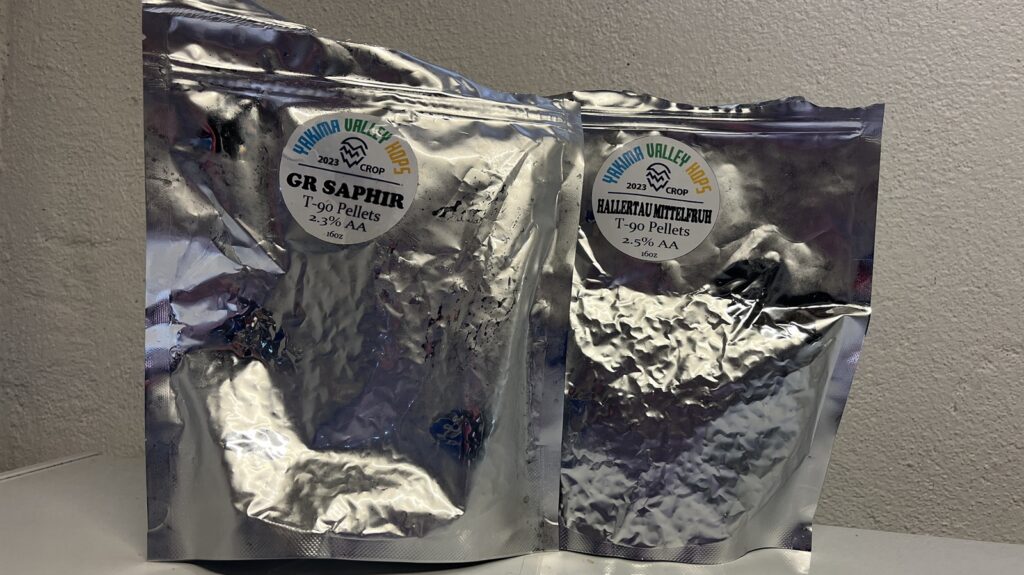
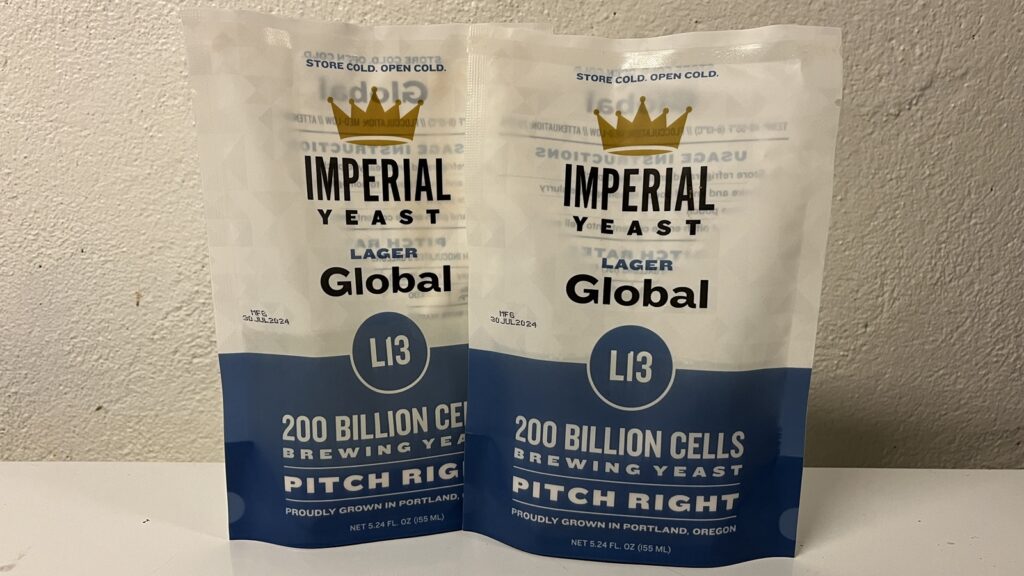









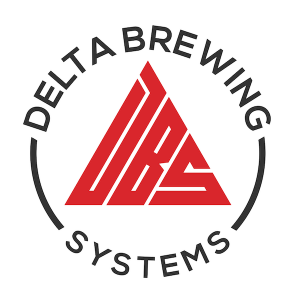


4 thoughts on “Brü It Yourself | Too Much, Too Fass Kellerbier”
Curious . What did the fass cost back then? I really don’t want to send in inquiry in to Schaefer
The fass was about $200 with a plastic faucet, and I recently purchased the metal faucet for another $125 (prices exclude shipping – which was reasonable).
Im get’n one!
How must does the fass cost?